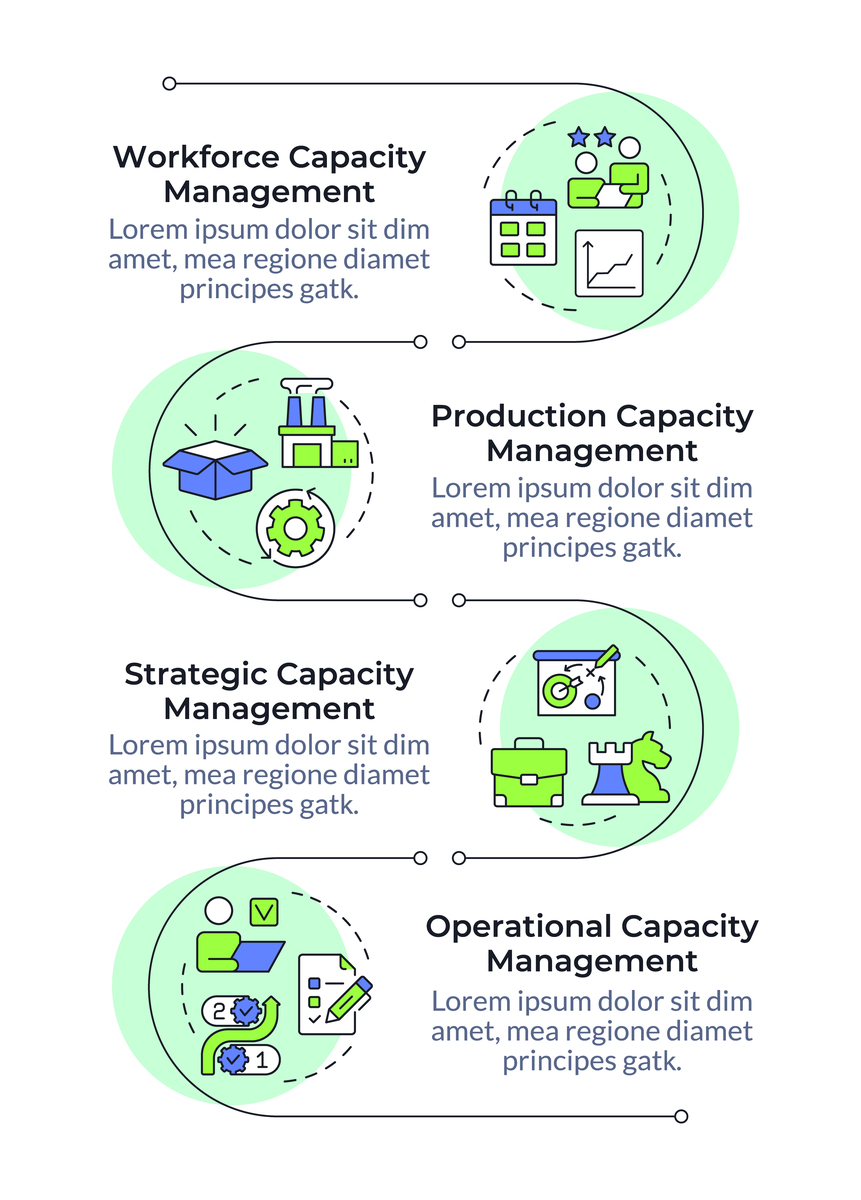The Tyranny of the Clock: How Technology Shapes Our Time
Time, it seems, is at a premium. There is a widespread perception that life these days is faster than it used to be. Such concern is reflected in debates about work-life balance as people try to cope with the pressures of contemporary society, finding enough time for work, time for families, and time for leisure — even time for sleep. As leading European social scientist Helga Nowotny summed it up in her classic book 'Time', the challenge for modern citizens, who are liable to feel increasingly harried, is to 'find time for themselves.'
As technologies proliferate, we find that we do not have more time to ourselves; in fact, many of us have less. How, exactly, has technology hastened the pace of everyday life? How has it made us busier rather than making us freer? Why do we turn to digital devices to alleviate time pressure and yet blame them for driving it? Modern patterns of time can scarcely be conceived of without the use of technology.
While sociologists emphasize that time is a social entity, formed through collective rhythms of human engagement with the world, technology is rarely accorded the same treatment. Technology is too often seen as outside social relations. But if time cannot be separated from the collective rhythms, assumptions, and hopes of human life, then neither can the technologies that increasingly mark and shape time for us. This may not have been an important distinction in previous eras — but in the digital age, it really matters. For example, the tyranny of the clock, with its linear measurement of the hours of the day, is basic to narratives of the accelerating world. It is as if technical devices incorporate functional time demands that determine unequivocally our uses of time.
If we have, up to now, been too quick to accept the temporal logic built into our new technologies, then we need to remember that the social determination of time is built in to those technologies, just like the size of the screen is, or the power of the processor. Consider, for example, the fiber-optic cable between Chicago and New York. While previous cables between the two cities had been laid along railway lines, the new cable takes the shortest route possible, even drilling through the Allegheny Mountains. It shaves 1.3 milliseconds off the transmission time of the earlier cables. 'Speed' is thus built directly into the design: the cable was laid where it was to make transmission faster. But what compels its use by financial trading firms isn't anything directly technical; rather, it is the structure of competition among such firms. Temporal demands are not inherent to technology. They are built into our devices by all-too-human schemes and desires.

原文地址: https://www.cveoy.top/t/topic/omWs 著作权归作者所有。请勿转载和采集!